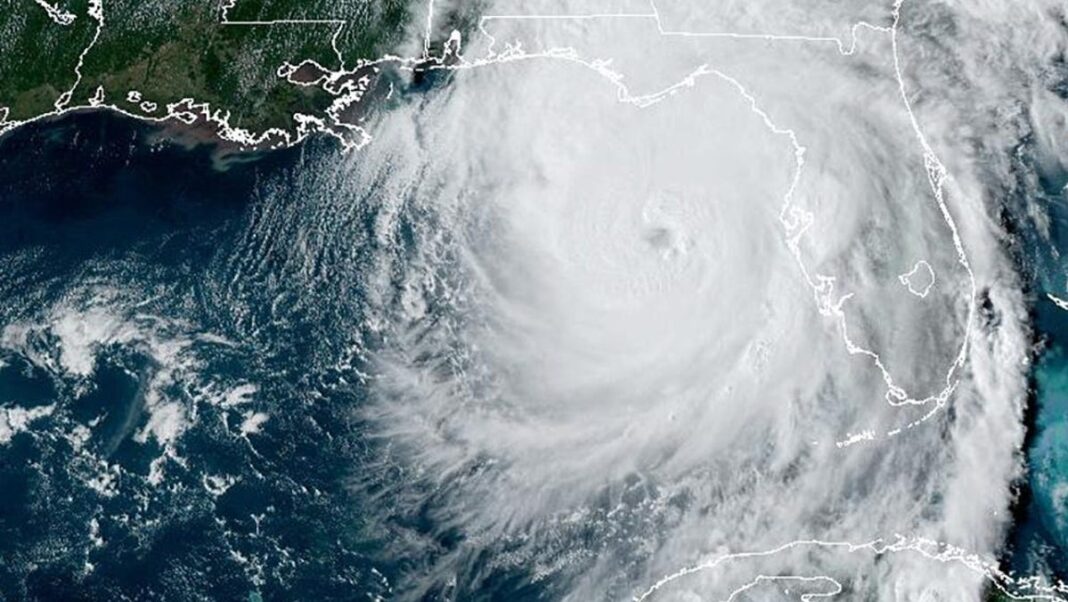October Hurricane Outlook: Prepare for Major Hurricanes
As the 2024 Atlantic hurricane season approaches its fifth month, meteorologists are evaluating what has proven to be a dangerous and unpredictable season.
The season began with alarming forecasts indicating an active year, culminating in the record-setting arrival of Hurricane Beryl in early July. However, there was a surprising discrepancy between Pacific and Atlantic activity, leading to a mid-season slowdown.
With Hurricane Helene’s destructive impact on the Southeast just last week, hopes for a calm season for the U.S. have been dashed.
There is still much of the season left, and “October is historically a busy month, especially in the Caribbean Sea, Gulf of Mexico, and along the U.S. Southeast coast,” noted Brian McNoldy, a hurricane researcher at the University of Miami’s Rosenstiel School.
Is Helene a Sign of More Storms to Come?
“Helene doesn’t necessarily influence the rest of the season’s forecast, but the large-scale conditions right now support the formation of tropical cyclones in the eastern Atlantic, and storms are indeed taking advantage of these conditions,” explained Phil Klotzbach, a senior research scientist at Colorado State University. “Our most recent two-week forecast indicates we are expecting a busy period, partly due to Kirk, Invest 91L (the wave following Kirk), and possibly a system in the Northwest Caribbean/Gulf.”
Forecaster Michael Lowry, a hurricane expert at WPLG Local 10 in Miami, expects “the return of significant hurricanes in the first full week of October,” according to his Tuesday update.
October Can Bring Major Storms
Brian McNoldy observed that since 1953, many destructive storms have resulted in the most retired storm names. September leads with 43, while August and October have approximately equal numbers at 21 and 20. In contrast, only seven storm names have been retired from November hurricanes.
It’s significant to note that combined, October and November have more retired storm names than June, July, and August altogether, according to McNoldy. “This means we must remain vigilant for tropical cyclone threats for the rest of the season,” he emphasized.
Additionally, it’s crucial to recognize that powerful hurricanes are not the only threat; weak systems can cause substantial damage too. McNoldy warned, “A slow-moving, disorganized system that doesn’t reach tropical storm status can still bring extensive rainfall and serious flash flooding.” He noted that historically, the risk from rainfall is often underestimated compared to wind damage, despite it being deadlier.
Kirk Could Impact U.S. Coastline Next Week
Kirk is expected to move northward, remaining over the open Atlantic. However, its long-period swells may reach the U.S. Eastern Seaboard—from the Mid-Atlantic to Northeastern coastal regions—by early to mid-next week, according to Lowry. Additionally, the system known as Invest 91L off the African coast is set to develop into a named storm shortly. Forecast models suggest that 91L could strengthen into a strong hurricane next week, but like Kirk, it is anticipated to turn eastward, avoiding the islands.
Warm Oceans Fuel Storm Development
Current ocean conditions still favor potential disturbances.
“The entire tropical Atlantic is experiencing record or nearly record high ocean heat content, meaning there’s ample fuel for any emerging systems,” stated McNoldy from the University of Miami. While November may also see storm activity, the likelihood decreases significantly thereafter.
How precise was the preseason prediction?
According to Klotzbach, this year’s 2024 hurricane season is expected to be significantly less intense than what was initially predicted. In the spring, the Colorado State team had anticipated that there would be 23 named storms, including 11 hurricanes.
“However, the major error we discussed a couple of weeks ago now seems unlikely, since Kirk is almost guaranteed to be a hurricane (and very likely a major one), with another tropical wave following that has a strong chance of also developing into a hurricane,” he added.
Overall, while the numbers for hurricanes and major hurricanes might align with earlier forecasts, it appears that the predicted number of named storms will be much higher than what actually occurs, he noted.
Nevertheless, it’s still too early to dismiss any potential activity. He reminded us that the record-active 2005 hurricane season saw 11 named storms forming after October 1.

